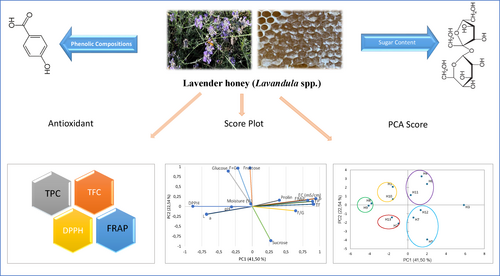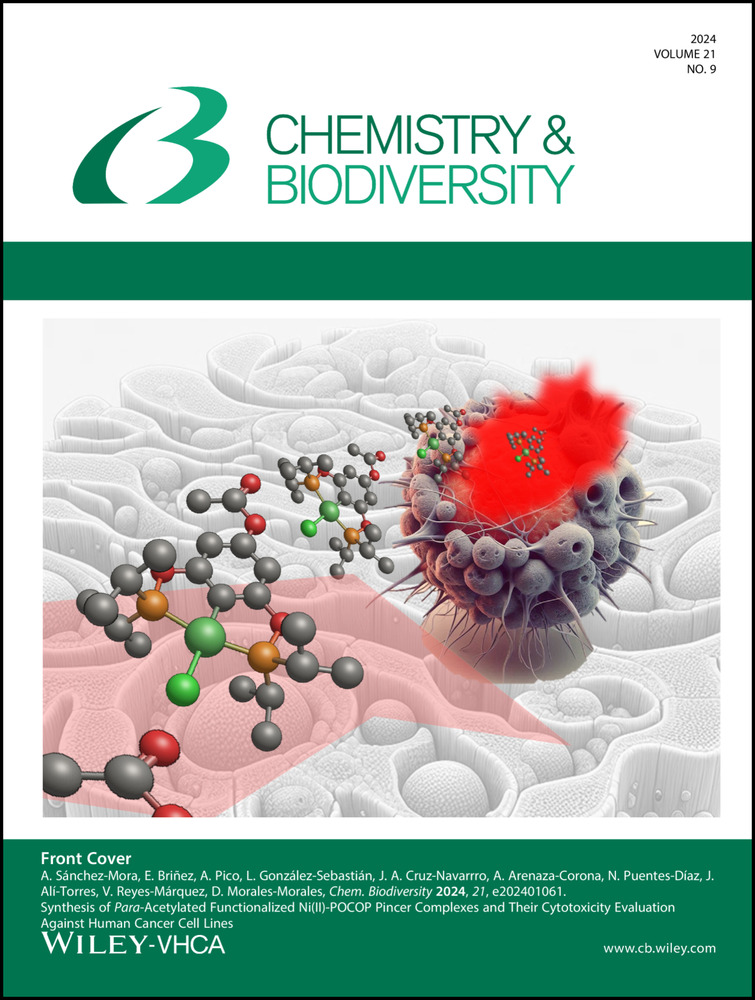Physicochemical Characteristics, Phenolic Components, and Antioxidant Capacities of Lavender Honey (Lavandula Spp.) from Isparta Region of Türkiye
Abstract
Lavender honey is one of the most desirable blossom honeys for its unique taste and aromatic qualities and can vary significantly from one region to another. In this study, melissopalynological, physicochemical and antioxidant properties of lavender honey from the Isparta region of Türkiye were investigated. The ration of the Lavandula spp. pollen were identified ranging from 9 % to 76 % in the thirteen samples. The average pH, conductivity, moisture, Hunter Lab* and proline values were 3.72, 0.22 mS/cm, 17.17 %, L*: 66.56, a*: 66.32, b*:18.41 and 576.92 mg/kg, respectively. The average F+G and F/G were 67.66 % and 1.02, respectively. The average of total phenolic (TP) and flavonoid (TF) substance were found to be 39.40 mg GAE/100 g and 3.23 mg QUE/100 g, respectively. The average total antioxidant capacity (FRAP) and DPPH radical scavenging activity values were found to be 178.28 μmol FeSO4 ⋅ 7H2O/100 g and 53.09 mg/mL, respectively. In the phenolic component analysis performed with HPLC-PDA, p-OH-benzoic acid, p-coumaric acid, chrysin and pinocembrin were detected as common polyphenols in the samples. Conclusively, despite considerable variability in their monofloral characteristics, no significant differences were observed in the physicochemical and antioxidant properties of lavender honeys.
Graphical Abstract
Conflict of Interests
There is no conflict of interest between the authors.
Open Research
Data Availability Statement
No data were used for the research described in the article.





